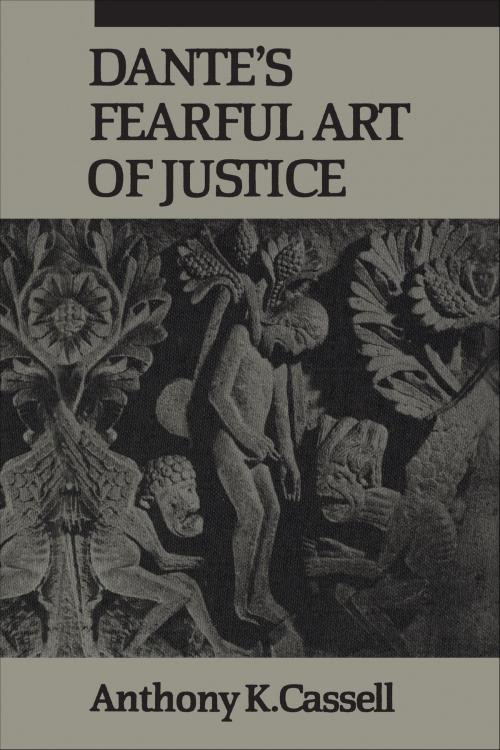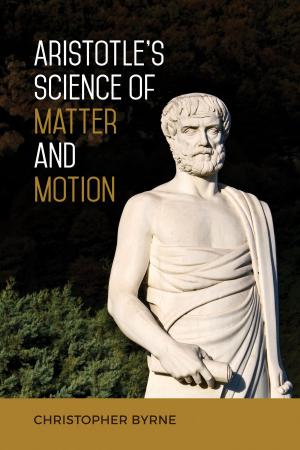Dante's Fearful Art of Justice
Fiction & Literature, Literary Theory & Criticism, Medieval, Poetry History & Criticism, Nonfiction, History| Author: | Anthony Cassell | ISBN: | 9781442654532 |
| Publisher: | University of Toronto Press, Scholarly Publishing Division | Publication: | December 15, 1984 |
| Imprint: | Language: | English |
| Author: | Anthony Cassell |
| ISBN: | 9781442654532 |
| Publisher: | University of Toronto Press, Scholarly Publishing Division |
| Publication: | December 15, 1984 |
| Imprint: | |
| Language: | English |
Dante's Fearful Art of Justice deals primarily with the symbolic significance of 'the state of souls after death' in various episodes of the Inferno, the first canticle of Dante's Divina Commedia. The fruitlessness of the Auerbach-Singleton approach to the poem is demonstrated by Professor Cassell's investigations, which are based on the belief that Dante used both the theological system of fourfold allegory and the preconfiguration-fulfilment pattern of history found in the Old and New Testaments.
The author first deals with the history of contrapassum, 'just retribution,' as it appeared in philosophy and theology, and describes Dante's use of historical and artistic figuration, both classical and Christian. It is central to Cassell's aim to show how Dante believed that his portrayal of the damned revealed the justice of God. Critics have believed that the relation of sin to the suffering of the shades in Hell was tenuous or even arbitrary in many cases. Cassell shows, through a close examination of Dante's assimilation of the Classics (and their medieval interpretations), or patristics, and of traditional iconography, that there is an intimate metaphorical and artistic aptness in the poet's representation. Cassell relies at some points on art history, and thirty-four illustrations of frescoes, statuary, and illuminations from paleo-Christian times to the fourteenth century are therefore included.
This volume will be of particular interest to medieval specialists, historians of the Renaissance and Reformation periods, and those concerned with European literature.
Dante's Fearful Art of Justice deals primarily with the symbolic significance of 'the state of souls after death' in various episodes of the Inferno, the first canticle of Dante's Divina Commedia. The fruitlessness of the Auerbach-Singleton approach to the poem is demonstrated by Professor Cassell's investigations, which are based on the belief that Dante used both the theological system of fourfold allegory and the preconfiguration-fulfilment pattern of history found in the Old and New Testaments.
The author first deals with the history of contrapassum, 'just retribution,' as it appeared in philosophy and theology, and describes Dante's use of historical and artistic figuration, both classical and Christian. It is central to Cassell's aim to show how Dante believed that his portrayal of the damned revealed the justice of God. Critics have believed that the relation of sin to the suffering of the shades in Hell was tenuous or even arbitrary in many cases. Cassell shows, through a close examination of Dante's assimilation of the Classics (and their medieval interpretations), or patristics, and of traditional iconography, that there is an intimate metaphorical and artistic aptness in the poet's representation. Cassell relies at some points on art history, and thirty-four illustrations of frescoes, statuary, and illuminations from paleo-Christian times to the fourteenth century are therefore included.
This volume will be of particular interest to medieval specialists, historians of the Renaissance and Reformation periods, and those concerned with European literature.















